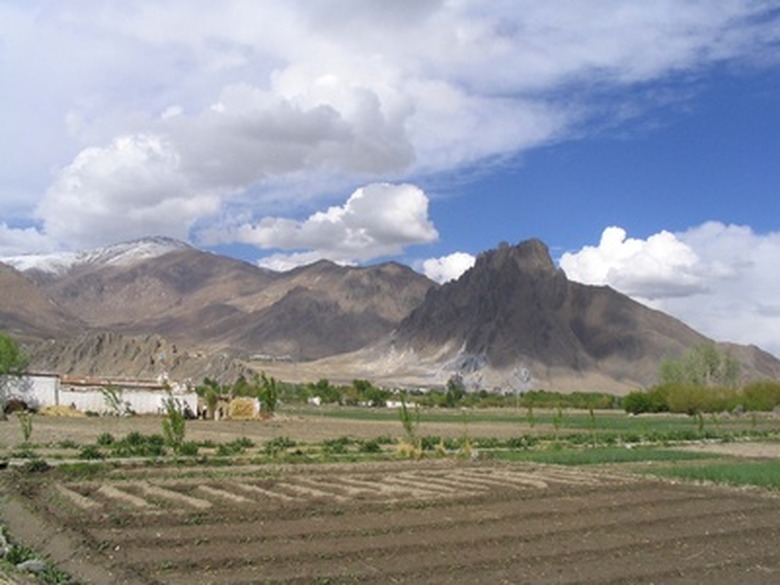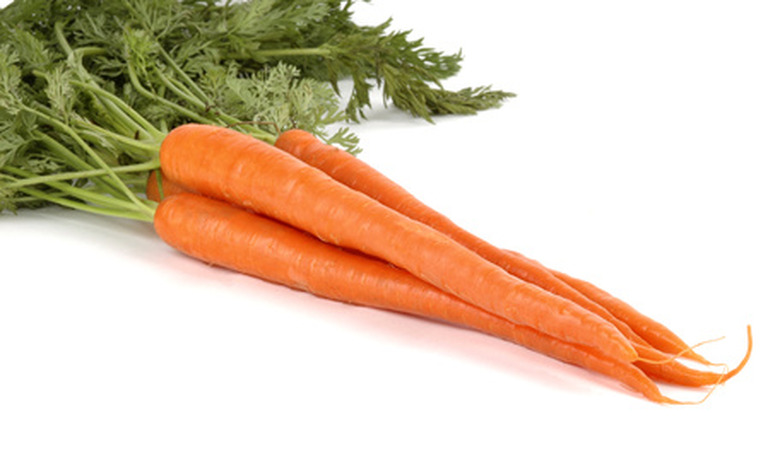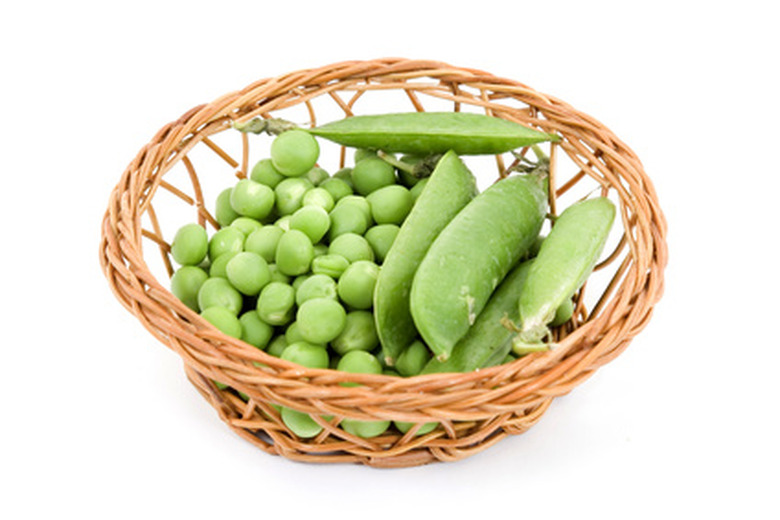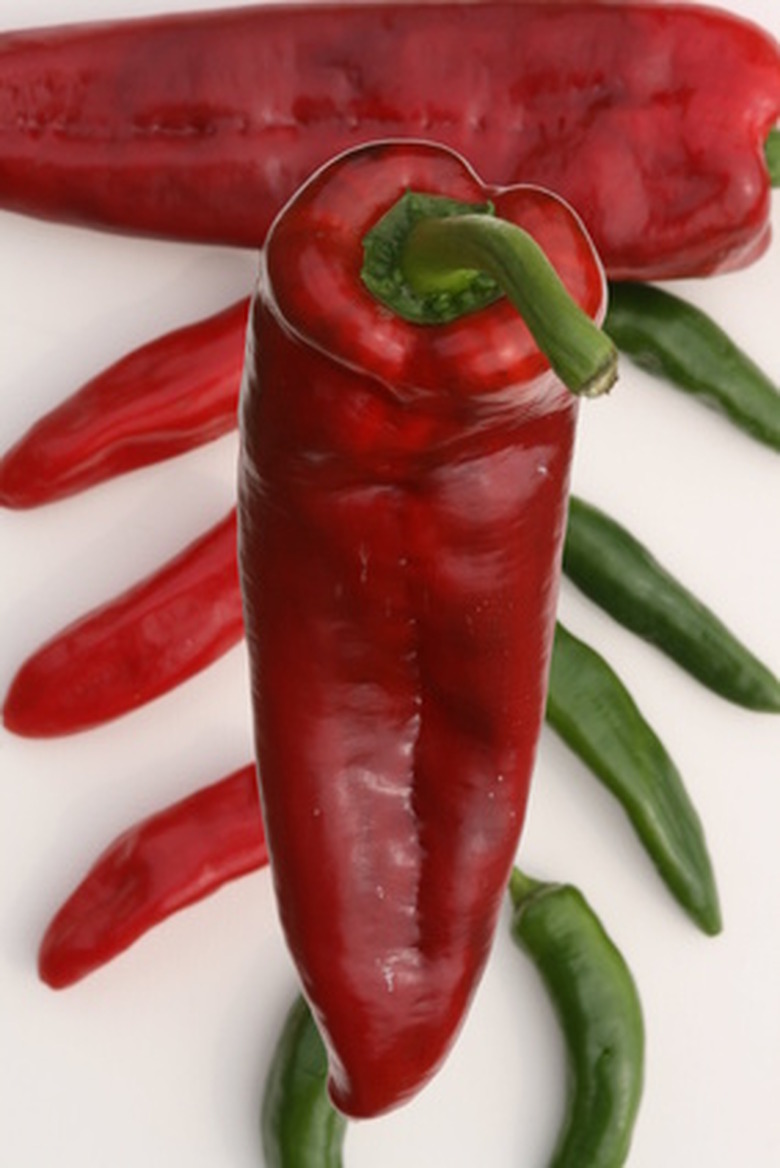What Vegetables Grow In Tibet?
Located in the Himalayas, Tibet sits on the world's highest plateau at an average of 12,000 feet above sea level. While the abundant sunlight provides warmth and energy, the low oxygen at this altitude makes it difficult to grow vegetables. As a result, farming is a challenge and most of the vegetables native to Tibet are root crops or hardy, cool weather plants. Farming is basically divided into highland and lowland farming, with some common vegetables grown in both regions.
Root and Tuber Vegetables
Both highland and lowland Tibetan farmers grow mainly root crops. As these plants grow underground they draw their oxygen directly from the soil, storing energy in the large tuber. These vegetables have been an important part of the Tibetan diet as the high carbohydrate content helps the body produce the energy needed to stay warm in cold weather. The main Tibetan root vegetables include cabbage, radish, turnip, carrot, potato, onion, daikon and celery.
- Located in the Himalayas, Tibet sits on the world's highest plateau at an average of 12,000 feet above sea level.
- As a result, farming is a challenge and most of the vegetables native to Tibet are root crops or hardy, cool weather plants.
Cool Weather Vegetables
Because the average temperature in Tibet remains relatively cool year-round, cool weather crops are some of the most reliable plants. These vegetables and legumes include lettuce and spinach, coriander, peas, kidney beans and a variety of squash. In addition to these vegetables, the lowland farmers can also grow a variety of cool weather cereal crops such as buckwheat, maize and rice.
Other Tibetan Vegetables
Both tomatoes and chili peppers also grow well in the Tibetan climate even though they are originally native to South America. After spreading to Europe and then Asia after Columbus' voyages to the Americas, these plants made their way into Tibet, where they have been an important part of the Tibetan diet for centuries. The chili pepper has become especially important to Tibet, and figures in a large number of their meals.



